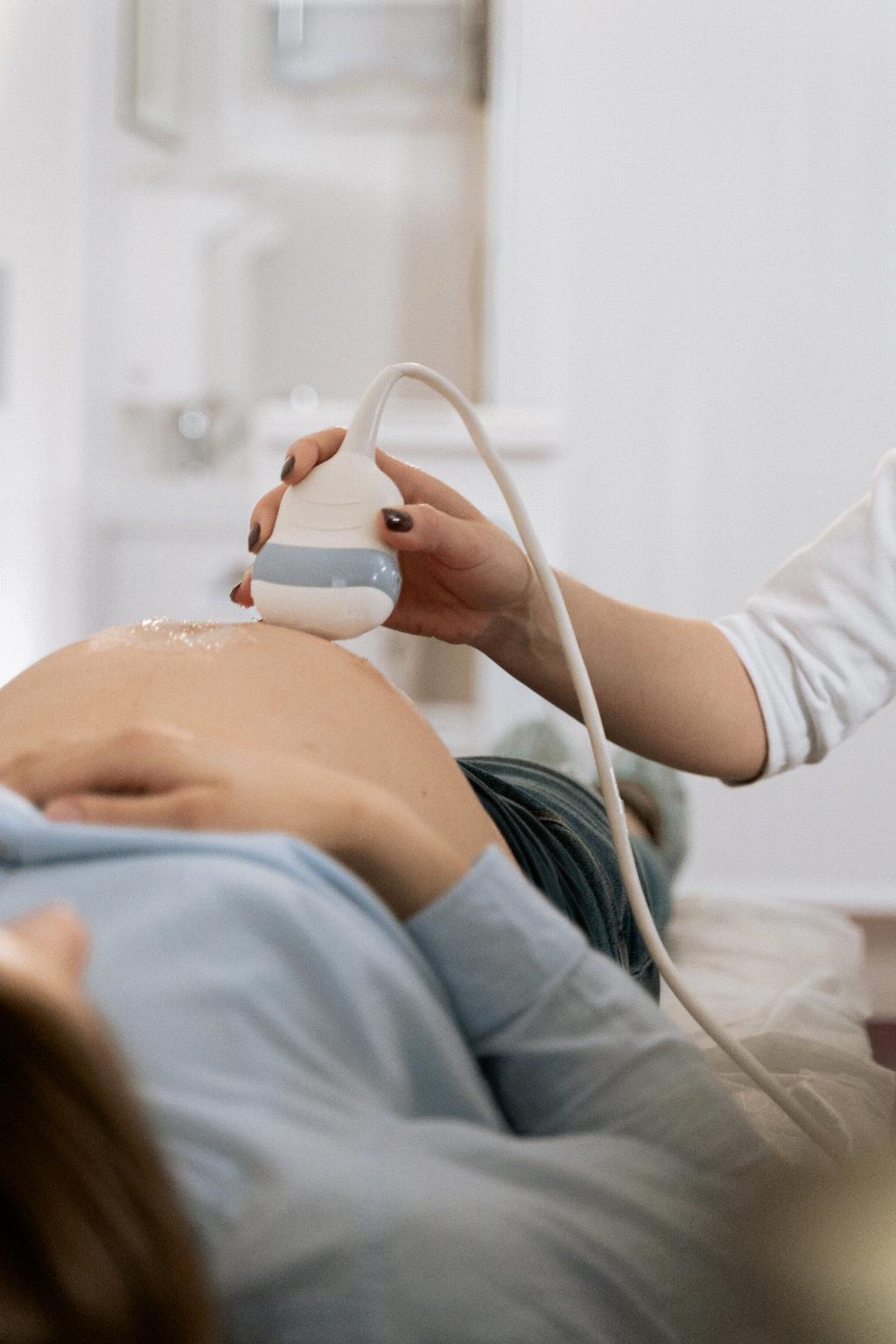When it comes to the question of what symphysis pubis dysfunction feels like, it’s important to understand that the symptoms can vary from person to person. However, there are some common experiences that individuals with this condition may report.
One of the key sensations associated with symphysis pubis dysfunction is mild discomfort. This might manifest as a general feeling of unease or soreness in the pelvic region, particularly around the pubic bone.
Another common symptom of symphysis pubis dysfunction is sudden, shooting pain originating from the front or back of the pelvis. This type of pain can be sharp and intense, and it may occur with certain movements or activities.
In addition to sharp, shooting pain, individuals with symphysis pubis dysfunction may also experience steady pain that radiates throughout various parts of the body. This can include the lower abdomen, back, groin, perineum, thigh, and leg.
Some people with symphysis pubis dysfunction describe a deep, aching sensation that lingers over time. This ache may be constant or intermittent, and it can be exacerbated by certain movements like walking, climbing stairs, or changing positions.
Aside from physical discomfort, those with symphysis pubis dysfunction may also feel a sense of instability in the pelvic area. This can manifest as a feeling that the pelvis is “loose” or not properly supported, especially when bearing weight or engaging in physical activities.
Individuals with this condition may also notice a clicking or popping sensation in their pelvic region, particularly when moving the legs or changing positions. This sensation can be unsettling and may contribute to feelings of discomfort and unease.
In some cases, symphysis pubis dysfunction can cause referred pain, meaning that discomfort is felt in areas of the body other than the pelvis. This can include pain that radiates into the lower back, hips, or even the abdomen, creating a complex web of sensations throughout the body.
For many individuals, the pain and discomfort associated with symphysis pubis dysfunction can be worsened by certain activities, such as standing for long periods, walking uphill, or engaging in high-impact exercises. These triggers can exacerbate symptoms and make daily activities more challenging.
It’s important to note that the experience of symphysis pubis dysfunction is highly individual, and not everyone will experience the same symptoms or sensations. Some individuals may have milder symptoms that come and go, while others may have more severe and persistent discomfort that impacts their daily lives.
If you suspect that you may be experiencing symphysis pubis dysfunction, it’s essential to consult with a healthcare provider for an accurate diagnosis and appropriate treatment plan. With proper management, including physical therapy, pain relief modalities, and lifestyle adjustments, many individuals with this condition can find relief and improve their quality of life.
Overall, understanding what symphysis pubis dysfunction feels like involves recognizing a range of sensations, from mild discomfort to sharp, shooting pain, along with feelings of instability, clicking or popping sensations, and referred pain. By being attuned to these symptoms and seeking timely intervention, individuals can address this condition effectively and enhance their well-being.

